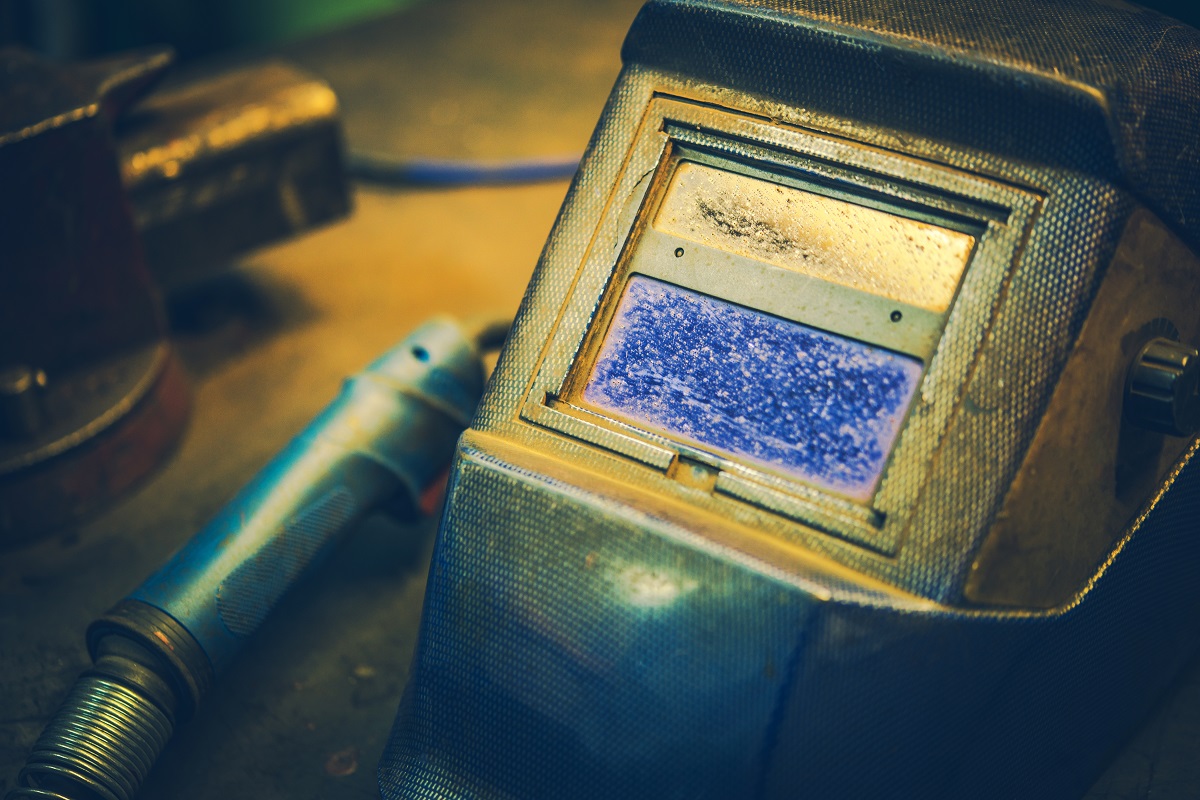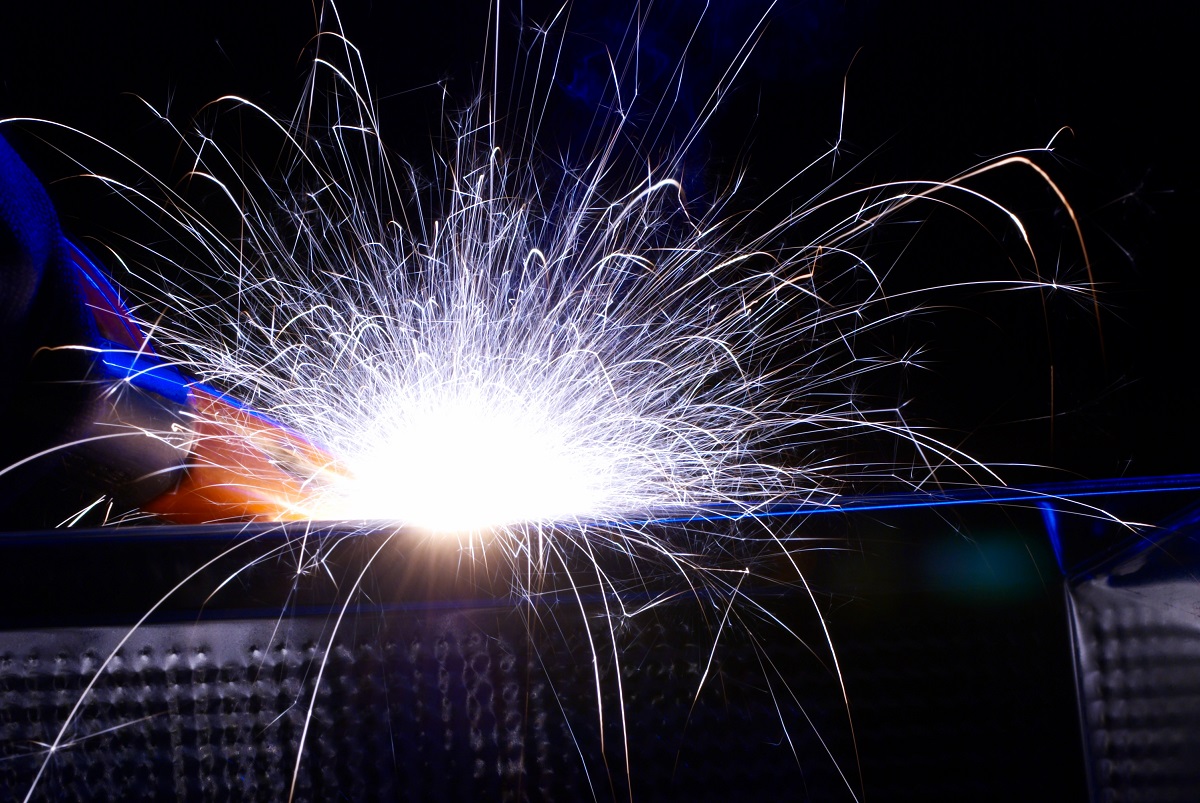5 Tips for Welding Stainless Steel

What are some tips for welding stainless steel?
- Choose the right filler metal
- Do proper weld preparations
- Ensure proper fit-up
- Avoid sensitization
- Up the gas coverage
Stainless steel is a very popular material to use in many fabrication projects, and rightfully so because of its versatility and durability, among others. It has very good corrosion resistance that makes it a prime choice for some crucial applications in industries such as pharmaceuticals, food and beverage, petrochemicals, and more. Unfortunately, welding it can be tricky because it isn’t good at dissipating heat which can easily cause more warping, embrittlement, or rust. That’s why we came up with these tips for welding stainless steel to help you with your project. Keep reading below to learn more!
Choose the right filler metal
The filler metal that you use to weld stainless steel can greatly affect the quality and strength of the weld. Firstly, you have to consider the dimensions of both the material and the rod that you want to use. The filler metal must be equal to or thinner than the base metal so that the weld can match the parent material’s strength and quality. Otherwise, the weld would be too weak.
Also, the filler metal and the base metal must be chemically compatible. As mentioned earlier, stainless steel is known for its corrosion resistance. For you to capitalize on the use of stainless steel, you need to ensure that the welding process does not undermine the chemical properties of the metal. This means that the filler metal must be low in carbon content to minimize the risk of corrosion.
For example, if you wish to weld a 316 austenitic stainless steel, the filler metal to use would be a 316L metal — the “L” signifying low carbon content. You should also choose a filler metal with low trace levels as much as possible.
Do proper weld preparations

Weld preparations are important for all welding jobs, but it is especially important when you’re working with stainless steel. This sensitive metal can accumulate defects or deformations from small particles of dirt or other contaminants. In other words, you need to clean your metals thoroughly before starting the welding process. Failing to do so could potentially reduce the material’s strength and corrosion resistance, which are two characteristics that you would want your stainless steel to retain. A dedicated brush should be enough to clean the material, as long as it hasn’t been used on carbon steel or aluminum.
Ensure proper fit-up
Stainless steel is also notoriously sensitive to heat. Accuracy in the fit-up is crucial not only in making sure that the drawing is followed faithfully, but also to avoid any defects with the material. If there are any unnatural gaps or uneven fit-ups, then the welding torch would need to stay in that spot for longer, or more filler metals would be needed. The stainless steel would then easily overheat since it has trouble dissipating heat.
A bad fit-up would also make it difficult to connect large gaps, resulting in inadequate weld penetration. That’s why before you even start the process, everything should be prepared accordingly.
Avoid sensitization

If you’re welding stainless steel, you need to be aware of sensitization. What gives stainless steel its anti-corrosion properties is chromium oxide. Sensitization can drastically lower the metal’s corrosion resistance by inhibiting the formation of the chromium oxide it needs. This happens when the filler metal you use is high in carbon content.
The best way to avoid sensitization is by choosing the right filler metal. High-carbon filler metals would make the metal susceptible to intergranular corrosion through sensitization. However, low-carbon metals are not always available. If you can’t use the right filler metal, you have to control your heat input. You need to decrease the time that you are using high temperatures, around 500 to 800 degrees C (950 to 1,500 degrees F). This way, you prevent too much heat buildup.
If absolutely necessary, you can also opt to use filler metals with alloying ingredients like titanium and niobium. These prevent the formation of chromium carbides, but they will affect the weld’s strength and toughness, so you should use them with discretion.
Up The Gas Coverage
Using enough shielding gas would make your work tidier as it protects the materials from oxidation. To increase the gas coverage when TIG welding, you need to use a wider cup and not just increase gas output. A good size would be a number 12 cup if there is enough space.
You should also consider how the gases affect the metal’s chemical characteristics. The combinations used for stainless steel GMAW are argon and oxygen, argon and carbon dioxide (in minute amounts due to the carbon), or a helium, argon and carbon dioxide three-gas mixture. These will ensure that the metal’s corrosion resistance is not affected.
Key Takeaway
To reiterate, stainless steel is widely used in many industries nowadays. These tips for welding stainless steel should help guide you if you ever encounter a job that requires welding the said metal. However, the job starts with procuring the best quality metals you can find. Here at Metal Exponents, we have been the trusted supplier of metal products in the Philippines for over 40 years. If you need high-grade steel for your fabrication project, take a look at our list of products, and contact us here anytime!


